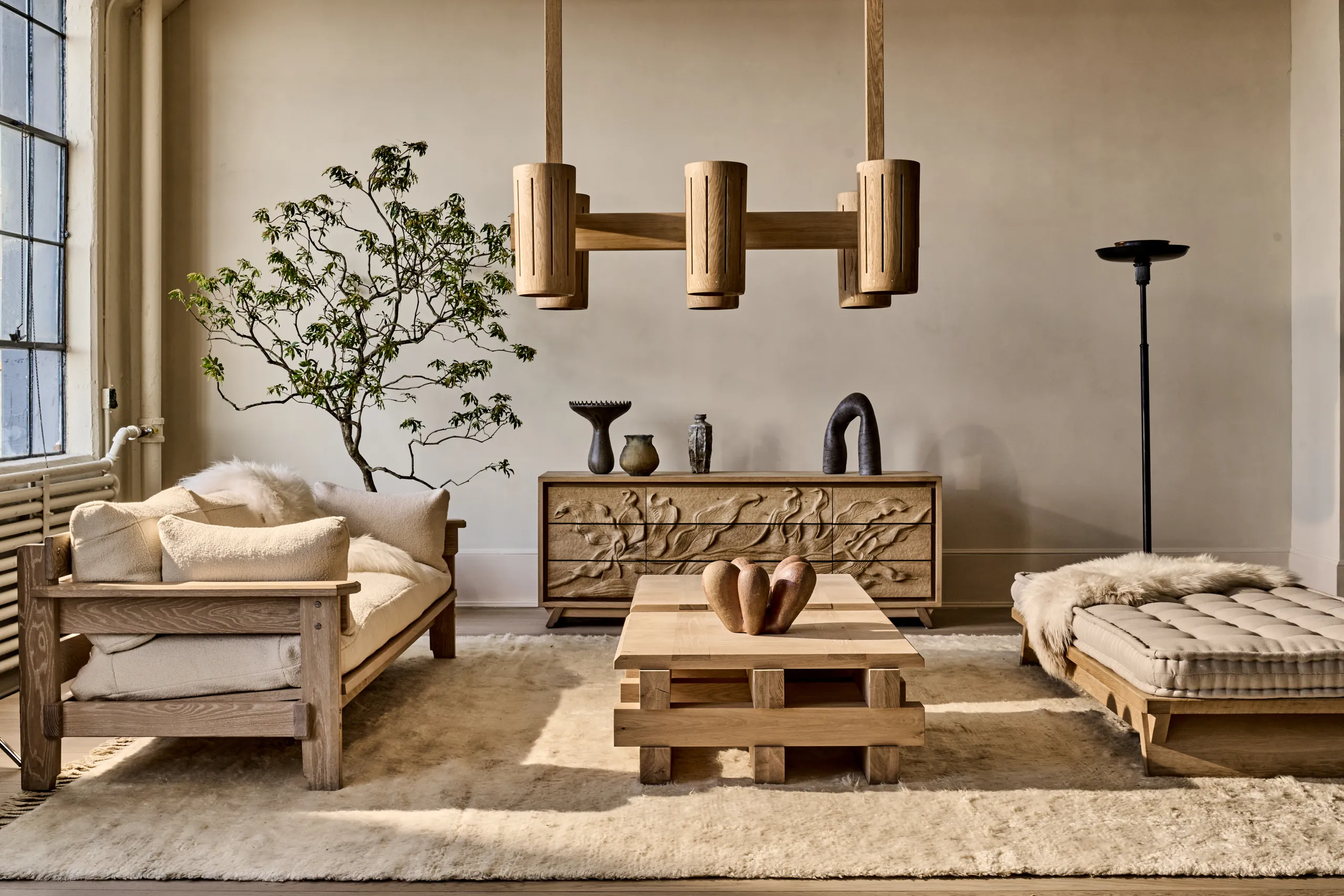
The fusion between art and furniture plays a crucial role in creating sophisticated spaces. This article explores the works of two prominent artists, Donald Judd and George Nakashima, and how their unique blend of minimalism, woodworking, and Japanese aesthetics contributes to the creation of stunning pieces that redefine high-end residential interiors.
Minimalist Craftsmanship
At the core of this exploration lies the profound impact of Donald Judd and George Nakashima, whose artistry converges to redefine the essence of high-end residential interior design. Their creations, rooted in minimalism and craftsmanship, not only stand as aesthetic marvels but also serve as timeless anchors that breathe life into luxurious spaces.

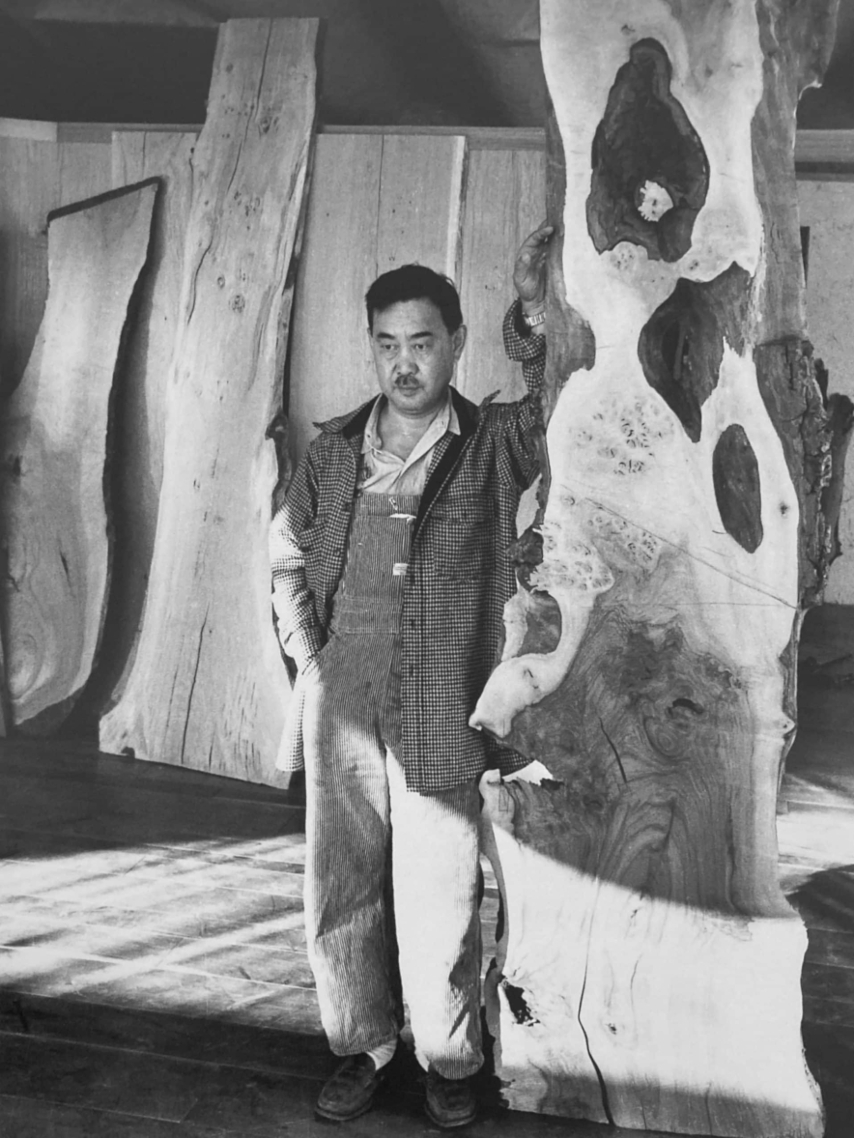
Style of Judd
Judd’s sculptures, characterized by simplicity and mesmerizing geometric patterns, present a visual spectacle. Each piece, meticulously crafted from natural materials like plywood, exudes an industrial edge that defines Judd’s artistic ethos. Born out of the mid-20th-century art scene, Judd’s minimalist approach was a response to the evolving cultural landscape of the era.
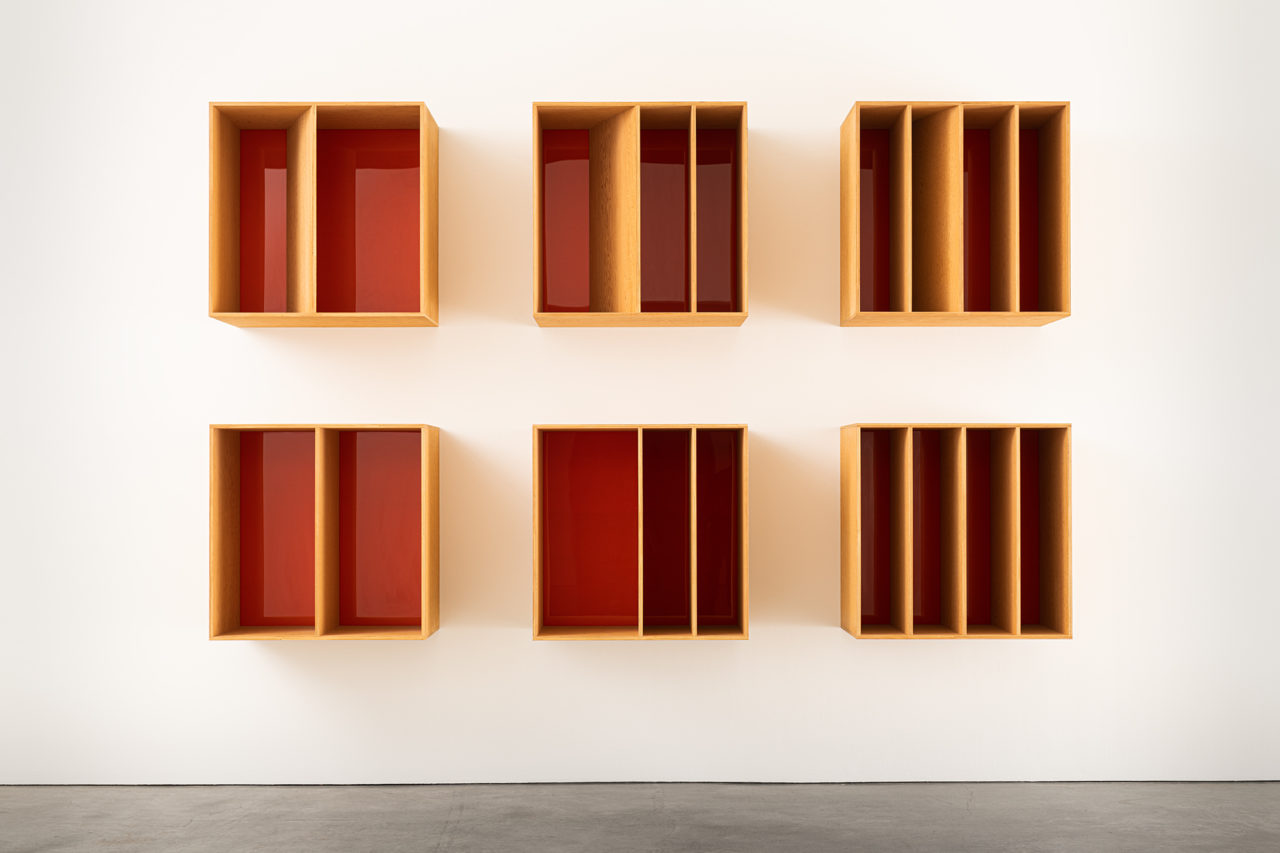
Style of Nakashima
Nakashima, a master furniture designer, sculpted functional pieces that echo the curves of nature. Take, for instance, his iconic coffee table—a marriage of practicality and the intrinsic beauty of wood. Nakashima’s background, influenced by Japanese woodworking traditions, infused his designs with a timeless quality that resonates in the world of interior aesthetics.
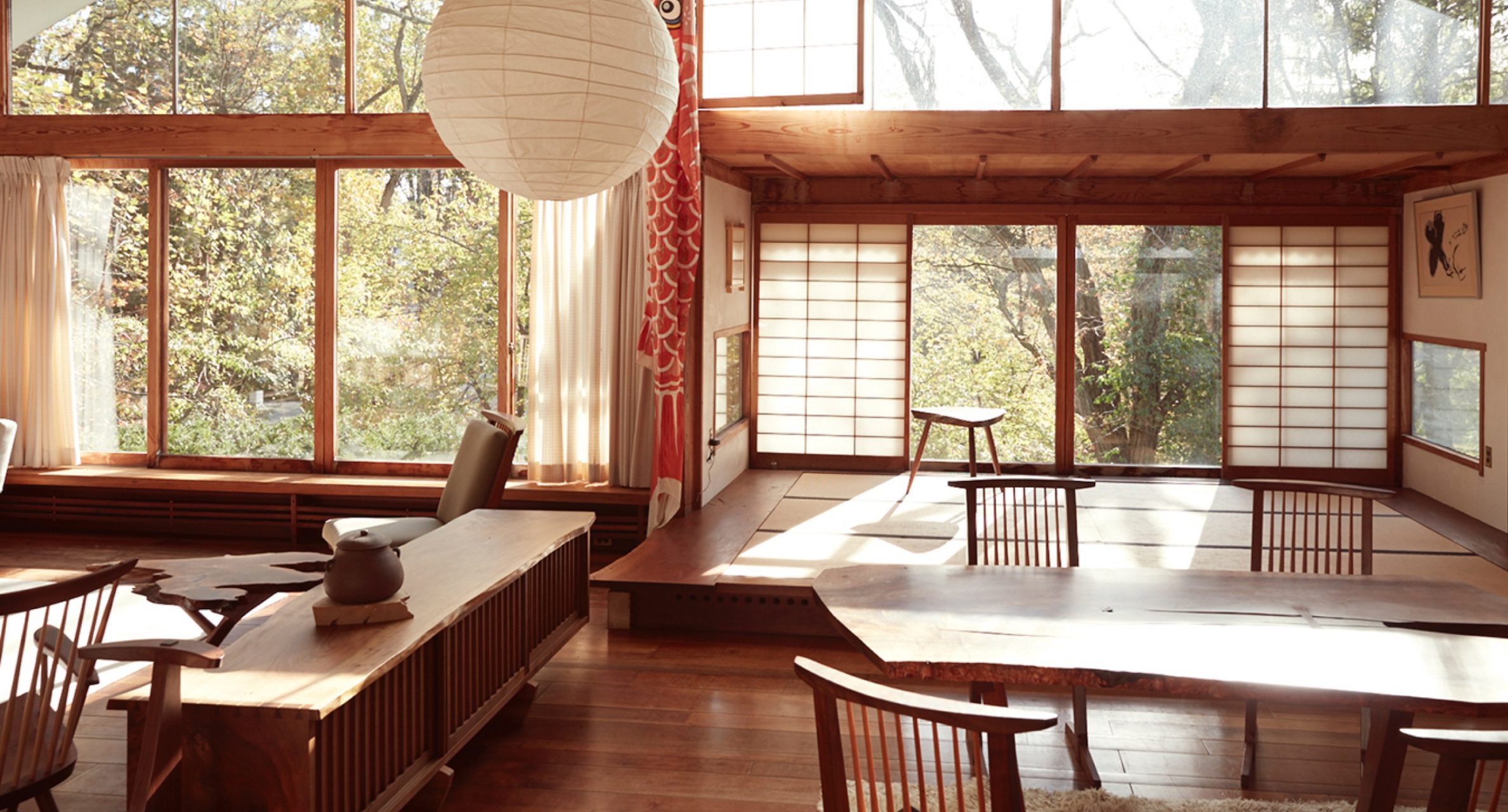
Key Influence of Judd
One of Judd’s standout pieces, perhaps his Untitled (Stack), exemplifies his mastery. The identical boxes, arranged with precision, create a visual rhythm that captivates any space. Imagine this as a statement piece in a living room, where its commanding presence draws attention and sparks conversation.

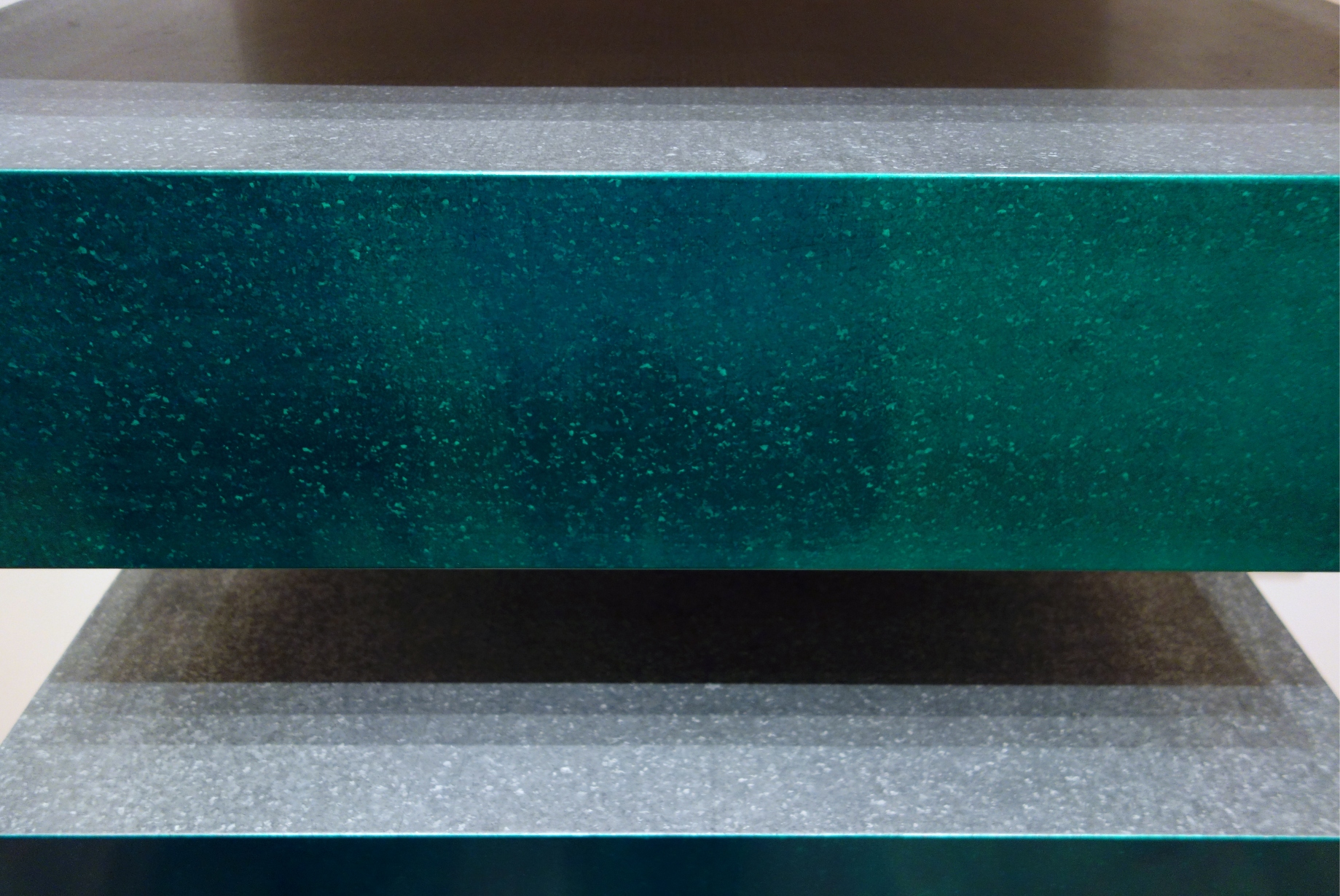
Key Influence of Nakashima
Nakashima’s Conoid Dining Table, with its organic lines and seamless integration of nature, exemplifies his commitment to functional beauty. Imagine this table as the centerpiece in a dining room, where its presence not only serves practical needs but also adds an organic touch, creating a harmonious atmosphere.
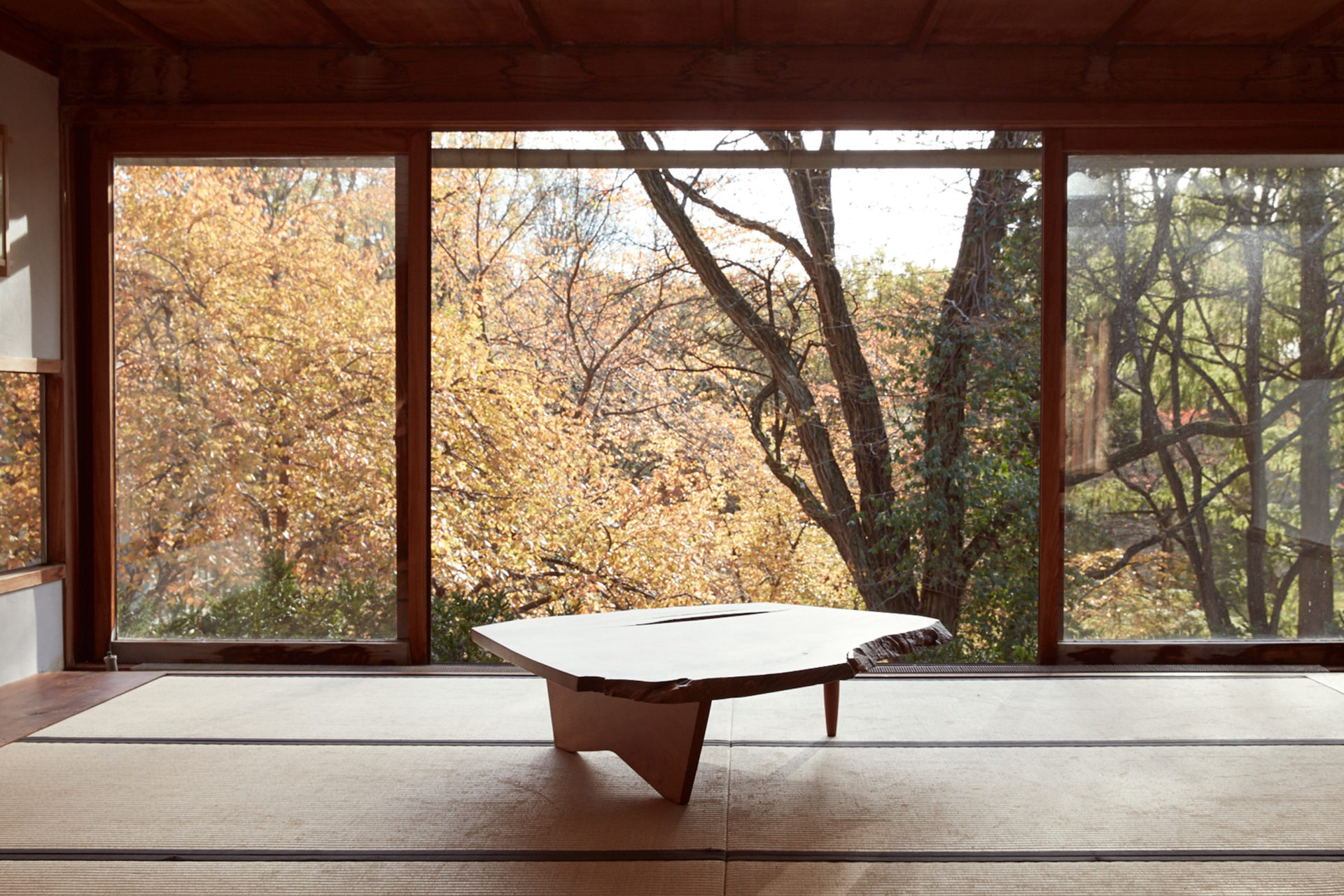

Takeaways
In essence, the fusion of Judd and Nakashima’s works serves as a testament to the profound impact of minimalism, woodworking, and Japanese aesthetics in the realm of high-end residential interior design. Their creations transcend mere furniture or art—they are timeless expressions that define and elevate spaces.
As we conclude this exploration, I invite you to reflect on how art and furniture contribute to your living spaces. How do pieces like those crafted by Judd and Nakashima resonate with your sense of style and comfort? Contact us today to learn more about how you can incorporate pieces like this in your own home.
To read more of our design content, please visit our Journal Page.